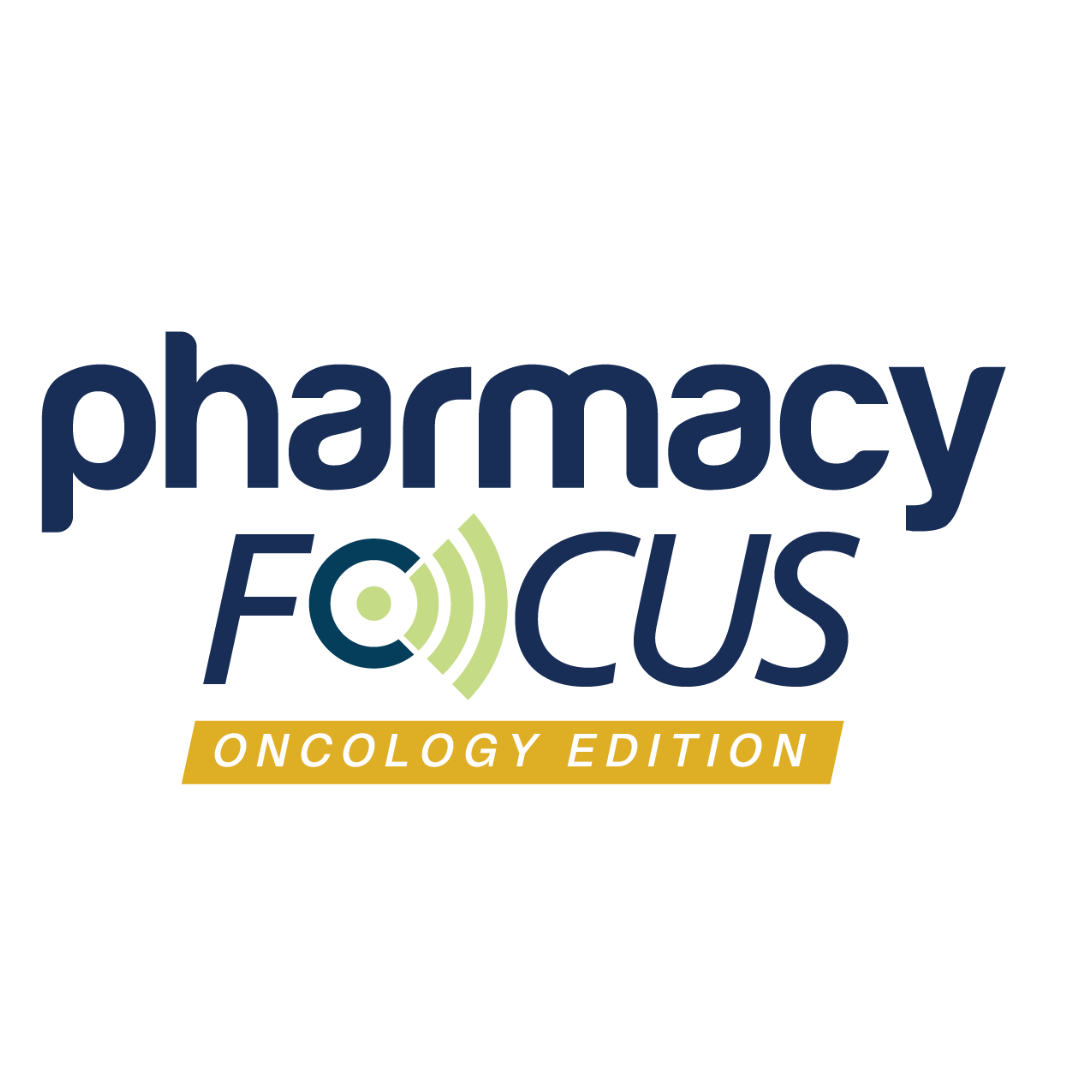Commentary
Article
Keeping Up With The Growing Number of Treatments for Breast Cancer
Breast cancer treatment is highly individualized and based on the stage, hormone receptor status, HER2 expression, and patient-specific factors.
Breast cancer is the most common cancer among women globally and the second leading cause of cancer-related deaths among women in the United States, following lung cancer. It occurs when cells in the breast tissue grow uncontrollably, forming a tumor that can be detected via imaging or physical exam.
Therapies have notable adverse effects | Image credit: Seventyfour | stock.adobe.com

Although breast cancer predominantly affects women, it is important to note that men can also develop the disease, although less frequently. Common signs and symptoms include a lump in the breast or underarm, changes in breast shape or size, dimpling of the breast skin, nipple discharge (especially if bloody), and pain in any part of the breast. Some individuals may be asymptomatic and only discover their condition through routine screening.¹
The US Preventive Services Task Force recommends that women begin biennial mammography screening at age 40 to 50, continuing through at least age 74. However, those with a strong family history or genetic predispositions (e.g., BRCA1 or BRCA2 mutations) may require earlier and more frequent screenings. Breast cancer is classified into stages based on tumor size (T), lymph node involvement (N), and presence of metastasis (M), collectively forming the TNM staging system. Stages range from 0 (non-invasive or in situ) to IV (metastatic). Family history, genetic mutations, and lifestyle factors such as alcohol use, obesity, lack of physical activity, and prolonged hormone replacement therapy all play significant roles in increasing the risk of developing breast cancer.²
According to the American Cancer Society, an estimated 310,720 new cases of invasive breast cancer and about 56,500 cases of ductal carcinoma in situ have been diagnosed in US women in 2024. Luckily, about 64% of cases were detected at a localized stage, where the 5-year survival rate exceeds 99%. The overall 5-year survival rate for breast cancer, considering all stages, is approximately 91%, which reiterates the importance of early detection.³,⁵
Breast cancer treatment is highly individualized and based on the stage, hormone receptor (HR) status, HER2 expression, and patient-specific factors. Therapeutic strategies may include surgery, radiation, chemotherapy, endocrine therapy, and targeted therapy. Common surgical interventions include lumpectomy (breast-conserving surgery) or mastectomy, often followed by adjuvant therapy.6
Chemotherapy regimens vary but typically include agents such as the following:⁴,⁶
- For triple-negative disease: doxorubicin and cyclophosphamide, followed by paclitaxel (the AC-T regimen); docetaxel and cyclophosphamide (TC regimen); or carboplatin and paclitaxel. Treatment cycles are administered every 2 to 3 weeks over 3 to 6 months.
- For ER2-positive tumors: trastuzumab and pertuzumab, given with chemotherapy and continued as maintenance therapy for up to a year.
- For hormone receptor-positive tumors: endocrine therapies including tamoxifen for premenopausal women or aromatase inhibitors (anastrozole, letrozole, exemestane) for postmenopausal women. These are often given for 5 to 10 years, depending on recurrence risk.
- For high-risk early-stage or metastatic HR-positive, HER2-negative disease: CDK4/6 inhibitors like palbociclib or abemaciclib are sometimes added
Although these therapies offer lifesaving benefits, they are associated with notable adverse effects. For example, doxorubicin is associated with cardiotoxicity, myelosuppression, and alopecia; cyclophosphamide is associated with hemorrhagic cystitis, nausea, and neutropenia; paclitaxel and docetaxel are associated with peripheral neuropathy, hypersensitivity reactions, and nail changes; trastuzumab is associated with cardiac dysfunction (especially when combined with anthracyclines); tamoxifen can be accompanied by hot flashes, risk of thromboembolism, and endometrial cancer; and aromatase inhibitors are associated with osteoporosis, arthralgias, and cardiovascular risks.4,6
Pharmacists play an essential role in counseling patients on adverse effect management, adherence, drug interactions, and the importance of completing the full course of treatment. For example, pharmacists can recommend calcium and vitamin D supplementation in patients on aromatase inhibitors or monitor left ventricular ejection fraction in patients receiving trastuzumab.
Breast cancer remains a critical health issue with significant implications for patients, families, and the health care system. Pharmacists are uniquely positioned to support breast cancer patients through our drug expertise, patient education, and accessibility. By advocating for early screening, guiding patients through complex treatment regimens, and helping manage adverse effects, pharmacists contribute meaningfully to improved outcomes. Health care workers should continue to encourage early detection, promote adherence to therapy, and support our patients every step of the way. We know that in the fight against breast cancer, every dose, every conversation, and every check-in can make a difference.
References
Breast Cancer: Screening. US Preventive Services Task Force. April 30, 2024. Accessed April 21, 2025. https://www.uspreventiveservicestaskforce.org/uspstf/recommendation/breast-cancer-screening
Lifestyle-related Breast Cancer Risk Factors. American Cancer Society. Updated September 19, 2022. Accessed April 21, 2025. https://www.cancer.org/cancer/types/breast-cancer/risk-and-prevention/lifestyle-related-breast-cancer-risk-factors.html
Breast Cancer Facts and Figures. American Cancer Society. 2024. Accessed April 21, 2025. https://www.cancer.org/research/cancer-facts-statistics/breast-cancer-facts-figures.html
National Cancer Institute Surveillance, Epidemiology, and End Results Program. Accessed April 21, 2025. https://seer.cancer.gov/
Breast Cancer Statistics. CDC. September 16, 2024. Accessed April 21, 2025. https://www.cdc.gov/breast-cancer/statistics/index.html
National Comprehensive Cancer Network Breast Cancer Guidelines. April 2025. Accessed April 21, 2025. https://www.nccn.org/guidelines/guidelines-detail?category=1&id=1419






